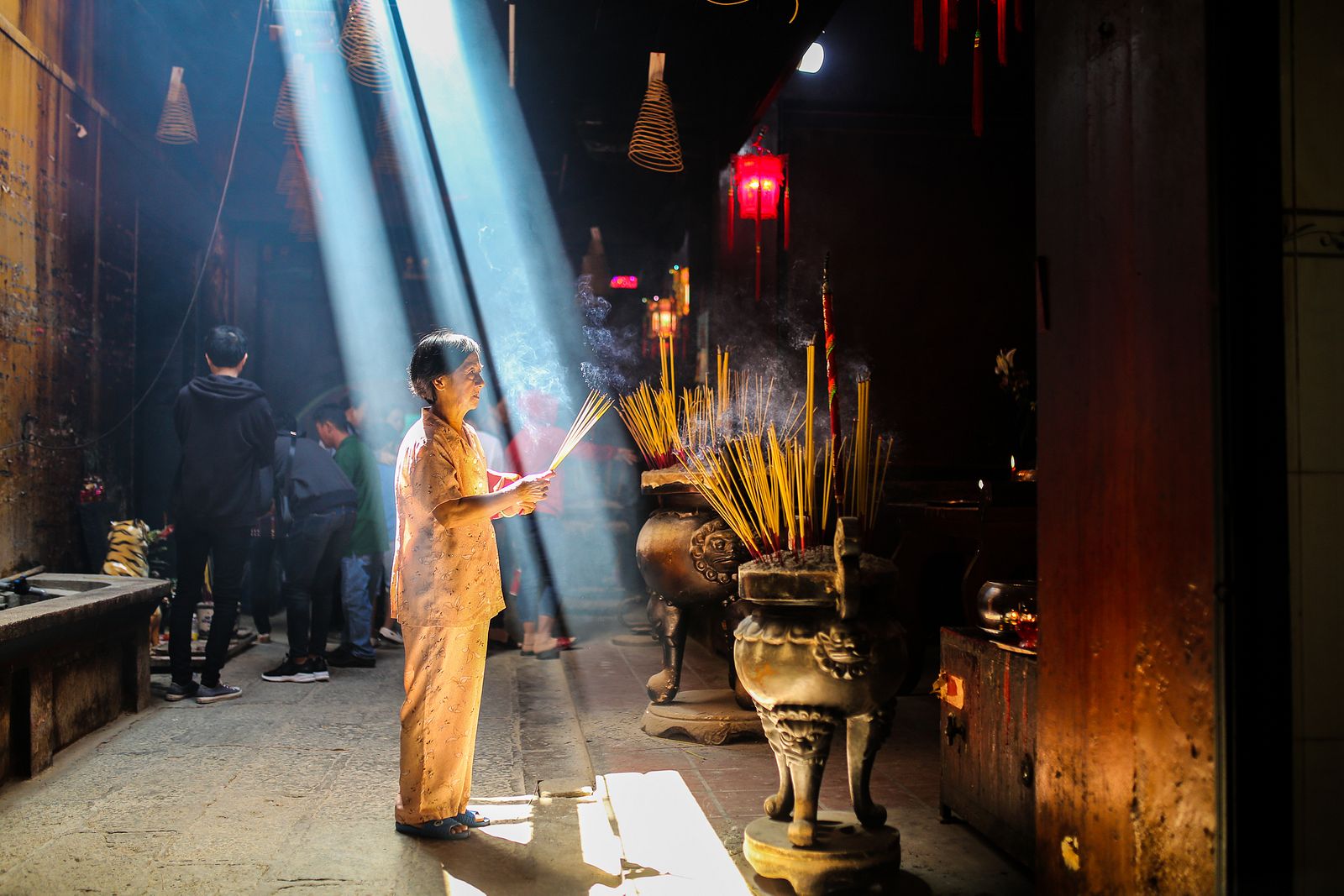The Vietnamme Project aims to reinterpret ancient Vietnamese cultural traditions with a contemporary outlook, via artistic and visual practices. Ahead of our first major event on December 15, we'd like to introduce readers to the historical periods we are focusing on.
During the course of its history, Vietnam has undergone changes, continuations and ruptures. The country's cultural transformations were formed and shaped by both external and internal forces, those that are social, political, ideological. For the purpose of our project, we will turn to three eras for engagement: the period following three consecutive domination from the Han dynasty, Eastern Wu dynasty and the Tang dynasty; the Ming Dynasty invasion and rule from 1407 to 1427; and modern Vietnam nation-state after 1945.
Han domination
Although there are still debates about when the period starts, the three dominations are generally thought of as the longest period of domination in Vietnamese history, which saw the gradual erasure of indigenous culture. The area that was dominated by the Han, Eastern Wu and Tang dynasties covers parts of modern-day northern Vietnam and several Chinese provinces and generally considered to be the locale where the Vietnamese cultural entity takes roots from. Today, our meager insight into indigenous culture in the period before Chinese domination comes from a limited number of monuments, relics and records from later generations.
Ming Dynasty invasion
The area considered to be Vietnam's predecessor went through an autonomous period before the Ming invasion ushered in after the collapse of the Ho Dynasty, which rules the region that is modern-day northern and northern-central coast of Vietnam. Although only lasts for only 11 years, the consequences were long-lasting and damaging. The Ming implemented an assimilation policy: they demolished architectural works; prohibited people from performing traditional practices; burned bibliographies, record and books; and took a vast number of educated people and merchants to China.
Many documents on the culture and art of the previous Ly and Tran dynasties were lost as the Ming tried to make the previous Dai Ngu into one of its province, titled Jiaozhi. Hence, royal etiquette, education and regulatory systems were influenced by the Ming. After the Ming rule ends, instead of eliminating Sinocentrism, the Le dynasty encouraged this association with Han-Chinese culture, starting with the effort to merge the history of Dai Viet to Han-Chinese dynasties family tree. Scholar Tran Trong Duong, who wrote about the history of the idea of Vietnamese, argued that this was part of the effort to promote Confucianism to be the hegemonic ideology of the Le's power.
Modern state and independence
On September 2, 1945, Ho Chi Minh declared independence Vietnam, as a modern state that has now included today southern Vietnam. The moment was as historic as the events that happened after that. Decades of resistance and wars also took a toll on damaging the heritage and history of eras that's come before it. These days, although not full, remains of dynastic culture still offers us evidence of the country's vibrant cultural traditions.
Saigoneer is the media sponsor of the Vietnamme Project. For a glimpse of the past culture and an opportunity to explore contemporary Vietnamese art, the Standard Bird tickets are available at https://sum.vn/VmKjz
[Image via Bao Moi]















